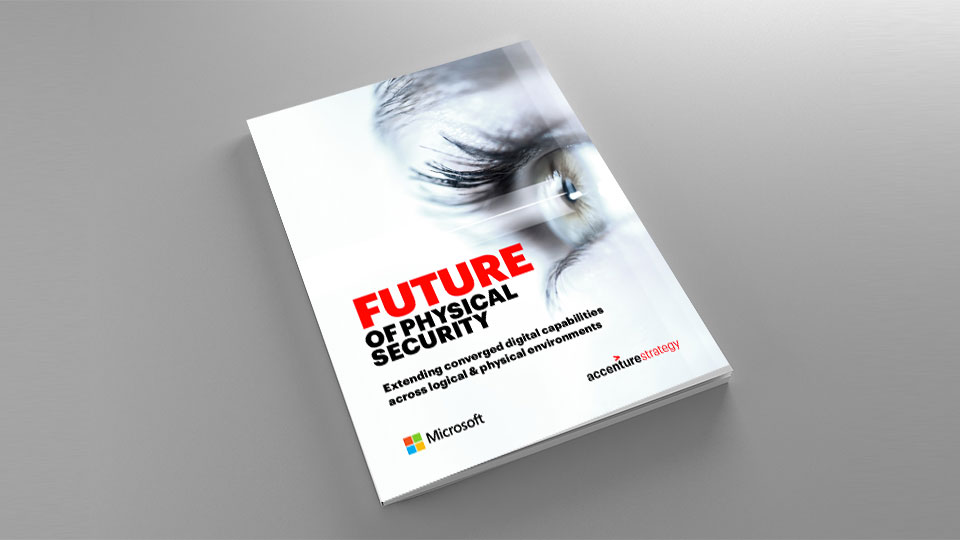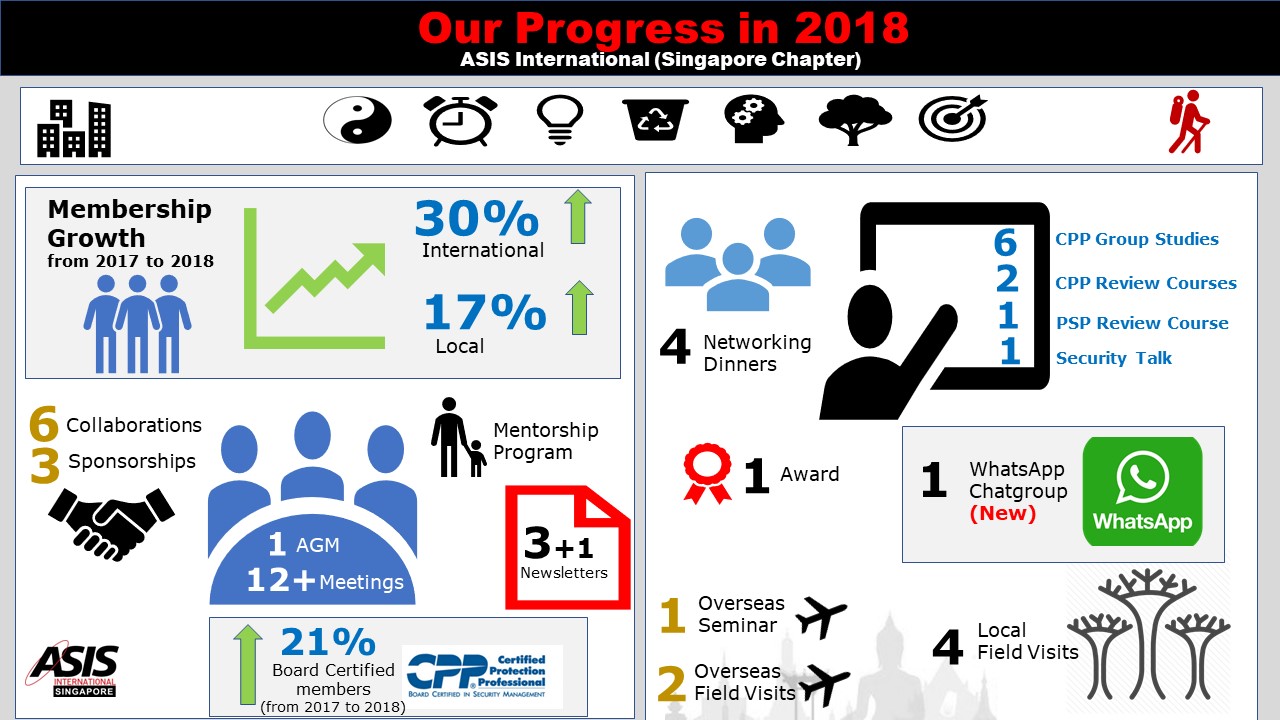BIG DATA: The Next Frontier for Physical Security
 According to McKinsey (1), Big Data refers to “datasets whose size is beyond the ability of typical database software tools to capture, store, manage and analyse.” It does not define big data in terms of being larger than a certain byte size, since technology advances over time and the size of datasets that qualify as big data will also change.
According to McKinsey (1), Big Data refers to “datasets whose size is beyond the ability of typical database software tools to capture, store, manage and analyse.” It does not define big data in terms of being larger than a certain byte size, since technology advances over time and the size of datasets that qualify as big data will also change.
There are three main characteristics of Big Data: Volume, Velocity and Variety. Volume refers to big data size. Velocity is the speed and frequency of data been generated. Data is flowing at faster speed, hence making it challenging for traditional systems to handle. With the advancement of technologies and proliferation of Internet of Things, sources of data become increasingly varied and this constitutes the characteristic of Variety.
What are Big Data Applications ?
In the Infocomm Technology Roadmap 2012 (2), Big Data was identified as one of the nine key technology themes. It also identified several areas of opportunities for both the public and private sectors to leverage on for business improvement. In particular interest to the Security and Law Enforcement communities are Predictive Analysis, Complex Event Processing and Video Content Analytics (VCA). The value of Big Data is turning the 3 “V”s (i.e. Volume, Velocity and Variety) into 3 “I”s (i.e. Intuition, Intelligence and Insight)
There are many suppliers providing these 3 systems in the market. Each of these applications can be leveraged in many different ways to enhance physical security protection. For example, VCA could be used to monitor perimeter fence line to detect intrusion. It can also be used to detect suspicious vehicles or persons outside the fence line. Such applications can greatly enhance security and possibly reduce manpower costs. In the long run, only a lean security manpower team is required to protect a large-sized property. This will definitely address many of the current challenges faced by security professionals.
Where are you now?
Bob Banerjee (3) developed a Big Data Maturity Model that describes the progression of physical security solutions on a big data continuum. At the bottom (layer 1) of the pyramid is “datafication”. The first step towards Big Data is to convert data into digital format. It can mean migrating from analogue CCTV system to digital CCTV system. You would have started the big data journey if you have digitised your processes/ systems.
With digital data, you can move on to the next step (layer 2) for big data collection. At this layer, various sources of data are fed into one common platform (e.g. Physical Security Information Management System or PSIM). Depending on the advancement and sophistication of the PSIM, the system would be able to produce intelligence and insight to enable the security operators to take further actions. At the higher levels of the pyramid, it involves the ability to predict the future. This sort of capability can be easily imagined by referring to those scenes we saw in the “Minority Report” movie where criminals are apprehended moments before they commit crime
Conclusion
Big Data will be the next frontier for Physical Security. Now is the right time to take small steps toward the “big future”. Start by “datafication” and gradually move towards more sophisticated analytic solutions. Think Big.
References
1) James Manyika, et al. Big Data: The next frontier for innovation, competition, and productivity [online]. McKinsey Global Institute, May 2011 [viewed 24 Oct 2015]. Available from: http://www.mckinsey.com/insights/business_technology/big_data_the_next_frontier_for_innovation
2) IDA. Infocomm Technology Roadmap 2012 [online]. Singapore: IDA, 2012 [viewed 24 Oct 2015]. Available from: http://www.ida.gov.sg/Tech-Scene-News/Technology/Technology-Roadmap
3) Bob Banerjee. Demystifying Big Data’s Next Conquest: Physical Security [online]. USA: Homeland Security Today, 2014 [viewed 24 Oct 2015]. Available from: http://www.nxtbook.com/nxtbooks/kmd/hst_201402/#/14
This article was originally published in the Dec 2015 Security Professional newsletter. http://www.asis-singapore.org.sg/p/chapter-newsletter.html





 According to McKinsey (1), Big Data refers to “datasets whose size is beyond the ability of typical database software tools to capture, store, manage and analyse.” It does not define big data in terms of being larger than a certain byte size, since technology advances over time and the size of datasets that qualify as big data will also change.
According to McKinsey (1), Big Data refers to “datasets whose size is beyond the ability of typical database software tools to capture, store, manage and analyse.” It does not define big data in terms of being larger than a certain byte size, since technology advances over time and the size of datasets that qualify as big data will also change.

